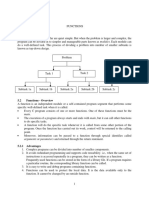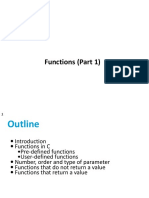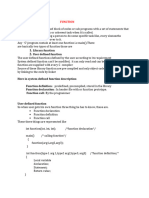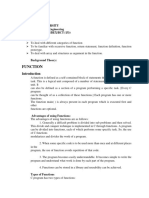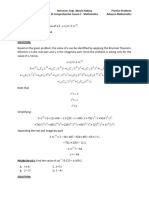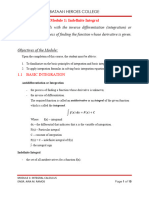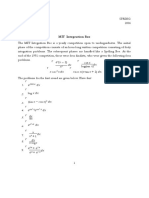0% found this document useful (0 votes)
25 views54 pagesCo101-Lecture Notes Part 2
The document explains the concept of functions in programming, particularly in C, detailing their structure, purpose, and how they operate within a program. It covers function definitions, calling conventions, parameter passing, return values, and the importance of modular programming. Additionally, it discusses local and global variables, function prototypes, and the scope of variables.
Uploaded by
hardikkohli23ec082Copyright
© © All Rights Reserved
We take content rights seriously. If you suspect this is your content, claim it here.
Available Formats
Download as PDF, TXT or read online on Scribd
0% found this document useful (0 votes)
25 views54 pagesCo101-Lecture Notes Part 2
The document explains the concept of functions in programming, particularly in C, detailing their structure, purpose, and how they operate within a program. It covers function definitions, calling conventions, parameter passing, return values, and the importance of modular programming. Additionally, it discusses local and global variables, function prototypes, and the scope of variables.
Uploaded by
hardikkohli23ec082Copyright
© © All Rights Reserved
We take content rights seriously. If you suspect this is your content, claim it here.
Available Formats
Download as PDF, TXT or read online on Scribd
/ 54































